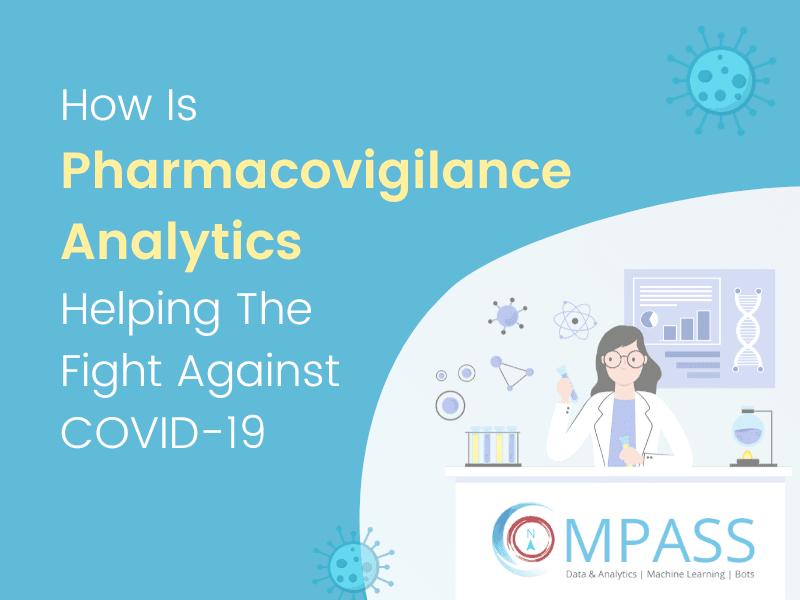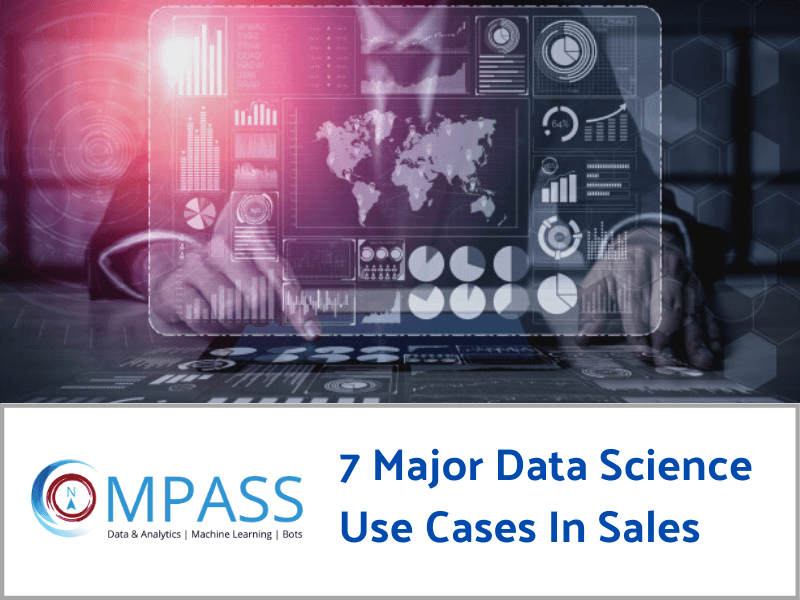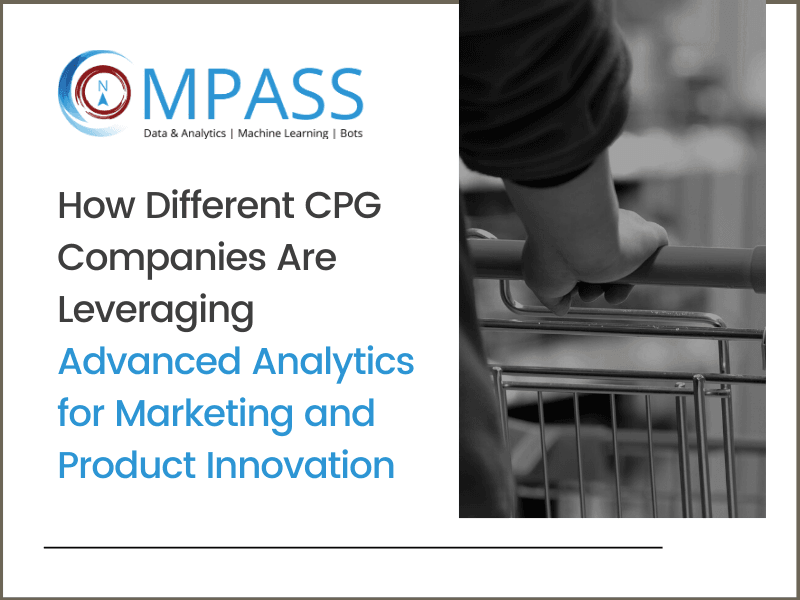COVID-19 has brought the entire planet to an abrupt halt. The virus has left countries, irrespective of their wealth, struggling to take care of its sick and protect the healthy. This impact has been further exacerbated by the massive global recession that it has caused, whose effects will last long after the virus is brought under control.
Countries and scientists across the globe are trying to come up with new ways to fight the Coronavirus and develop a viable vaccine.
In such a scenario, managing the use of medicines that have the potential to treat the infection and monitoring their safety is the top priority. Moreover, multiple vaccines are being developed and the first participants in the clinical trials have already received injections. However, given the vast scale of the therapy programmes, any successful medication or vaccine that emerges will have to be monitored and detailed reporting and analysis of its adverse effects will be vital.
This is where the role of Pharmacovigilance (PV) becomes critical. Let’s understand it in more detail.
What is Pharmacovigilance and its role in COVID-19?
The World Health Organization defines pharmacovigilance (PV) as “the science and activities relating to the detection, assessment, understanding and prevention of adverse effects or any other drug-related problem.”
The primary objective of PV is to ensure patient safety through the best use of medicines to treat or prevent a disease. While no one intentionally wants to harm patients, there may be cases in which medicines can still cause adverse effects. PV enables a system to collect, analyze and distribute drug safety data to reduce risks, adverse reactions and patient harm in the shortest time possible. A good PV program monitors drugs being used in clinical trials as well as already-approved drugs to:
- Detect adverse effects which aren’t known previously
- Understand the nature and severity of existing adverse effects
- Analyze drug’s risks and determine if any action is required to improve drug safety
- Ensure information accuracy during provider-patient communications
The COVID-19 pandemic is bringing pharmacovigilance and healthcare systems together. Healthcare providers need up-to-date safety information about different drugs and clinical trials. To this end, real-time signal detection and quick analysis of high-quality incoming data is essential. Amid this crisis, pharmacovigilance also plays an important role in reducing false information and providing the right data and explanations to patients about drug usage.
How Is Big Data Analytics Transforming Pharmacovigilance
In a traditional approach to PV analysis, insights are limited to reporting (what happened?) and monitoring (what is happening?). In addition, traditional analytics can’t harness data from unstructured sources as well.
Big Data analytics in PV refers to an in-depth analysis of data from multiple databases and sources that contain information related to medicinal products, drug safety, regulations, clinical trials etc. This analysis will generate valuable insights, hidden patterns, unknown trends, correlations, patient preferences, and other key information.
Big Data analytics brings a forward-thinking approach to PV. It empowers organizations with predictive (what will happen?) and prescriptive (what can we do?) insights in addition to traditional monitoring and reports.
Today, an effective PV analysis requires capturing and harnessing data from a wide range of sources and systems including research studies, EHR data, health economic analysis, drug usage information, market research, clinical data, social media and search data. A lot of this data is unstructured and analog in nature as well.
This data can be analyzed and transformed into actionable insights only with a big data analytics solution.
During critical times like this pandemic, modern PV analytics enable better utilization of data and more accurate decision making. This analysis is key to prevent adverse events, comply with regulatory requirements and reduce the time needed to determine the most viable treatment/vaccine for the virus.
Let’s look into the applications of PV Analytics to better understand its scope.
3 Key Applications of PV Analytics
1. Enhanced Drug Safety And Faster Compliance
To ensure drug safety and compliance with the regulatory standards, it is mandatory for the healthcare companies to have their approaches audited by internal and external auditors, and then again by inspectors from various health authorities. However, preparing for audit and inspections is a manual, time consuming and costly process. This is where PV Analytics can be very effective.
The sheer volume of data, aside from being complex and varied, requires a lot of time and effort to be understood in order to develop insights from it. PV Analytics enables creation of models that can estimate the probability of particular side effects for multiple groups of patients. Therefore, having such vital data can enable businesses to prevent any adverse events.
2. Benefit-Risk Analysis
With PV analytics, you can fully leverage the enormous amount of healthcare data in realtime. By using machine learning and artificial intelligence, PV Analytics enables businesses to better identify risks and benefits, which can enhance the safety profile of the medical product and accelerate the drug discovery process.
3. Better Protection for Patients
PV Analytics is becoming increasingly integral to the healthcare industry. It enables organizations to generate evidence from data obtained from real world sources. This evidence supports more informed and reliable strategic decisions when it comes to ensuring patient care and protection. Moreover, it shortens their clinical trials by expediting the approval processes.
By obtaining insights on the patient outcomes through the disease characteristics and treatment patterns for individual patients, organizations can prove their case for the value-add of the product to the health authorities, providers, and patients.
Acuvate has been working on Data and Analytics with companies in the health and hygiene segment for more than a decade. Using the Compliance bot implemented in a multinational biotechnology firm business users were able to ask information related to compliance guidelines and queries using natural language without having to wait for over-stretched compliance teams to manually search for information across sources to reply to the users enabling them to concentrate on more value-added tasks.
In another Pharma firm based out of New Jersey , Acuvate helped improve productivity of PV teams by combining data from federal adverse events database (FAERS , EudraVigilance) with internal case databases to create a unified view of adverse events with AI enabled reports to identify drivers and parameters affecting adverse events and identify batch details related to it . Business users were given access to information using Chatbots for easy access of information and linking to reports for detailed analysis without having to wait for manually created reports with limited insights.
Get Started
The COVID-19 pandemic has created an unprecedented global challenge. Even though there is a huge urgency to find a vaccine and viable treatment, we can’t ignore patient safety. To tackle this challenge, businesses and governments should look into PV Analytics as an opportunity to cut costs, time, and reduce adverse events associated with vaccine and treatment development. It is at this time, more than ever before, that PV analytics have a vital role to play to ensure patient safety.
If you have any questions about PV analytics and how it can be leveraged, please feel free to get in touch with one of our healthcare and analytics experts.



